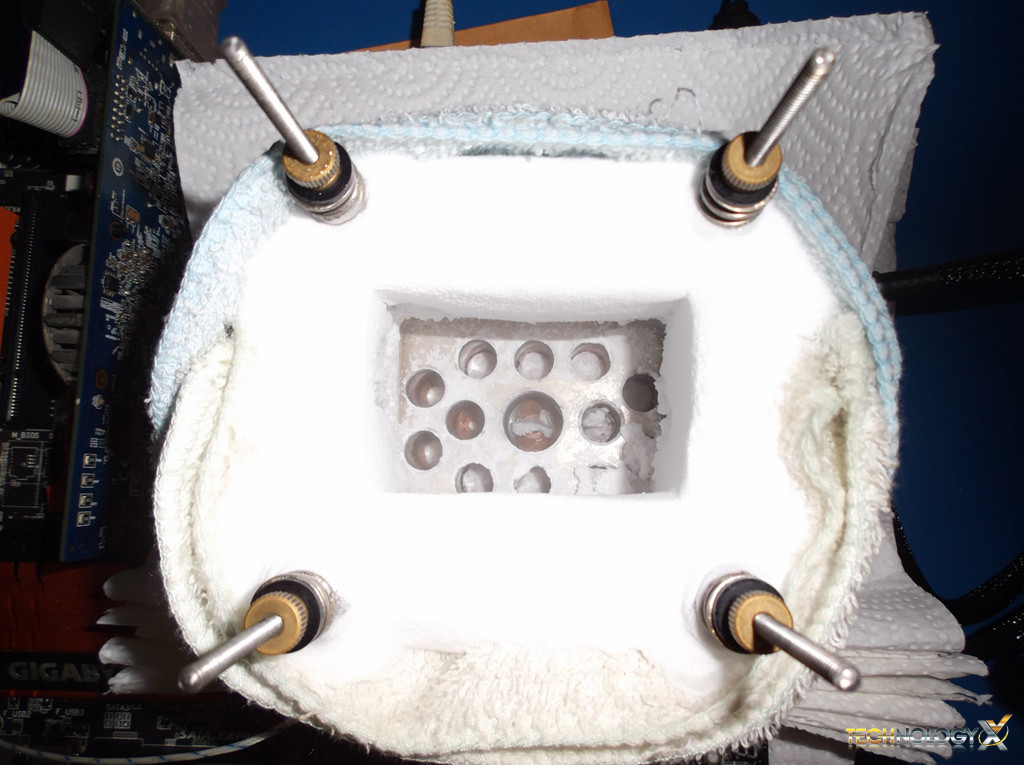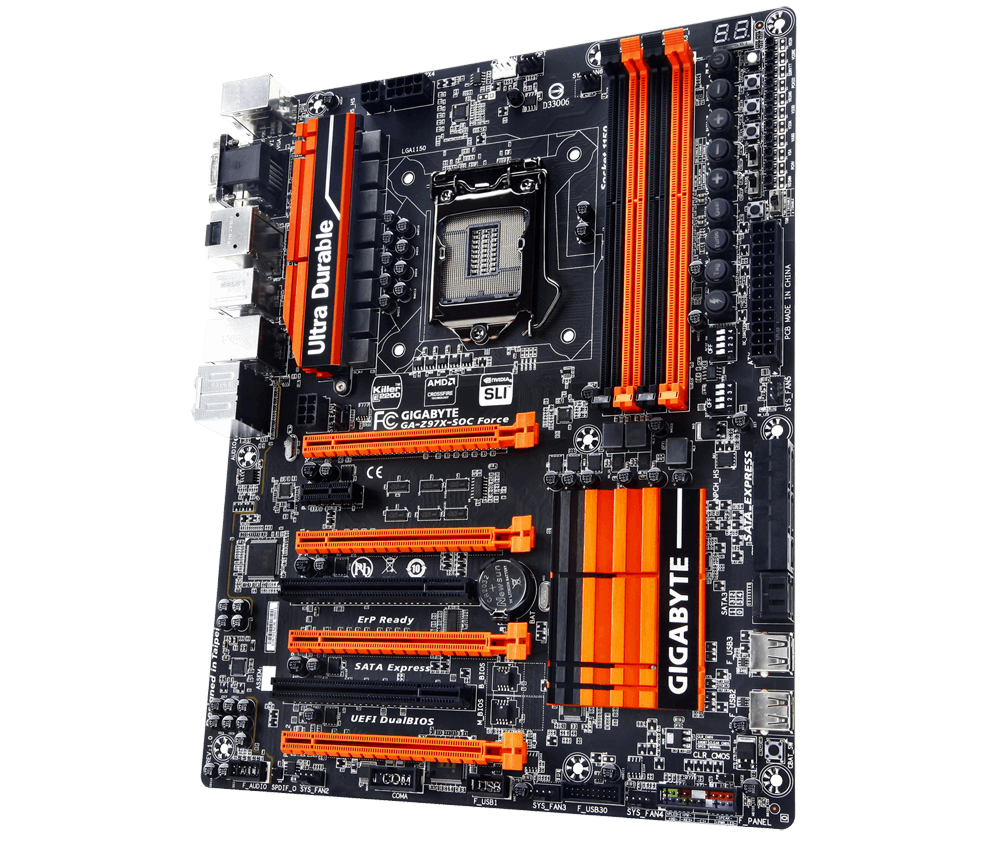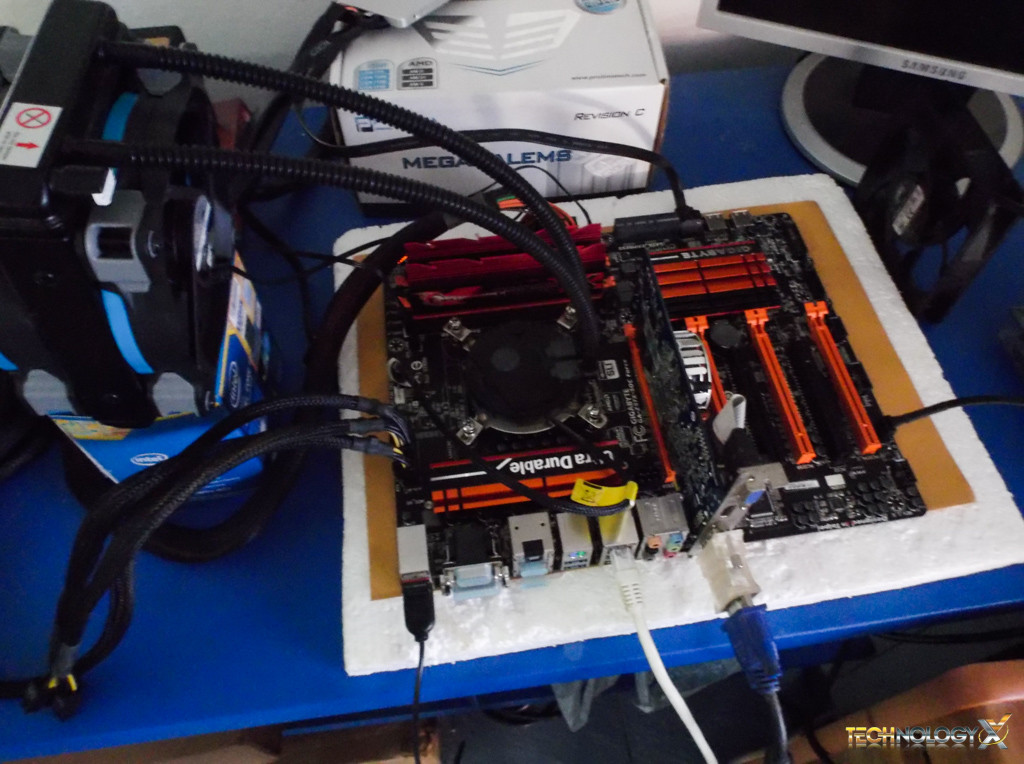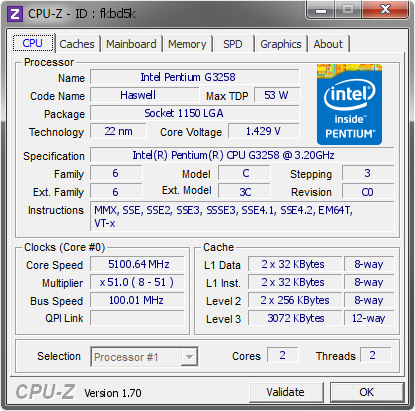Today we will look at overclocking on the Gigabyte Z97X SOC Force with the 20th Anniversary Pentium G3258 CPU and compare AIO cooling to LN2 (Liquid Nitrogen) cooling. This article will focus on overclocking with the Gigabyte Z97X SOC Force and guide you to get the best performance out of your Pentium G3258, which can also be applied to any Haswell and Haswell refresh K CPU’s. The testing will follow two directions, the first will be overclocking with a Coolermaster Siedon 120M AIO cooler, then on to some extreme overclocking with Liquid Nitrogen (LN2).
The benchmarks will be using are as follows.
- wPrime 32M and 1024M versions
- Cinebench R11.5
- Cinebench R15
- CPU-z submission
THE GIGABYTE Z97X SOC FORCE SPECIFICATION
The Gigabyte Z97X SOC Force features a nice set for Overclockers and Gamers alike. Please see Gigabyte’s website for a detailed specification of the motherboard via this link.
Where it really counts on this board is in the VRM design. The board comes with 8 True Phases featuring IR3580 PWM which derives to PWM# / True Phase Count of 8+0, thus no doublers have been used. The MOSFET’s used are true Digital as opposed to analog in which they can pull high amperage with less heat. The board uses 8 PowIRstage IR3553 with 8 0.5uH Ferrite chokes totaling 5040uF Bulk Output Capacitance, which even under heavy loads with LN2 is more than enough to keep the power flowing nicely. In fact you could say with modern boards for the LGA1150 socket CPU’s that this is overkill, but that’s what you want when overclocking.
As this focuses more on overclocking and benchmarking, we have left out the actual specifications of the board such as PCIe configuration, SATA, Audio and LAN details etc ., which can be found at the above link to Gigabyte’s website.
AMBIENT TEST BED
This is the test setup with the Coolermaster Siedon 120M AIO Cooler. Note all hardware is the same with the exception of the cooling method.
First the max overclock was obtained by myself using Coolermaster Siedon 120M AIO Cooler. On ambient we benched at 5GHZ for all our benchmarks. Overall, the voltage vs CPU frequency scaling was poor.
https://valid.canardpc.com/fkbd5k
As the article focuses more on the comparison between Ambient cooling and LN2 cooling, we are looking more at the results rather than components used.
 Technology X Tomorrow's Technology Today!
Technology X Tomorrow's Technology Today!




